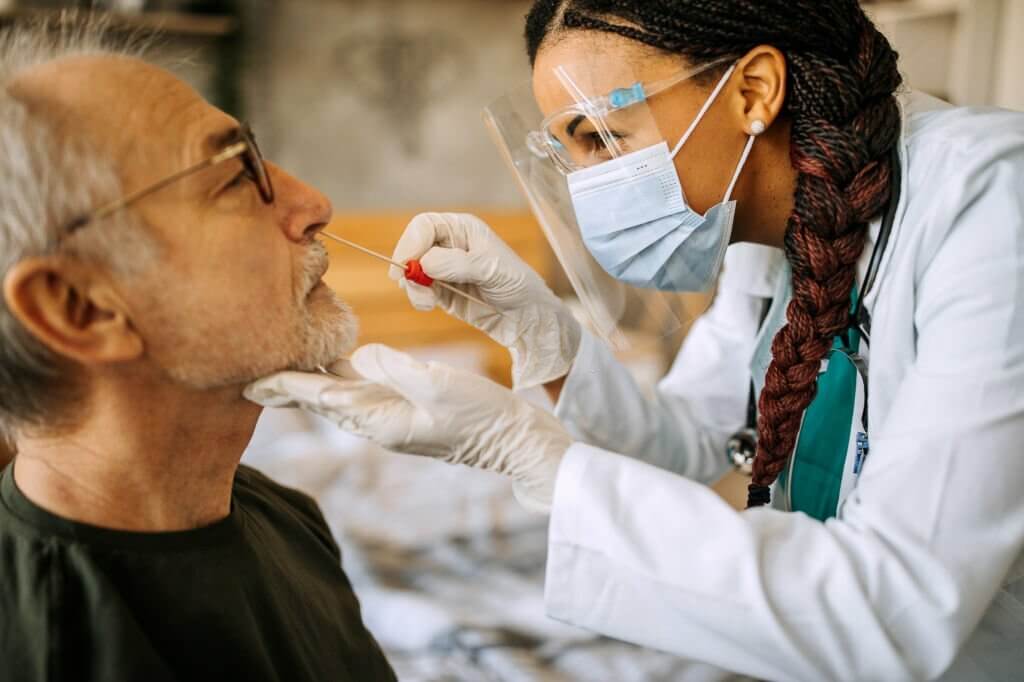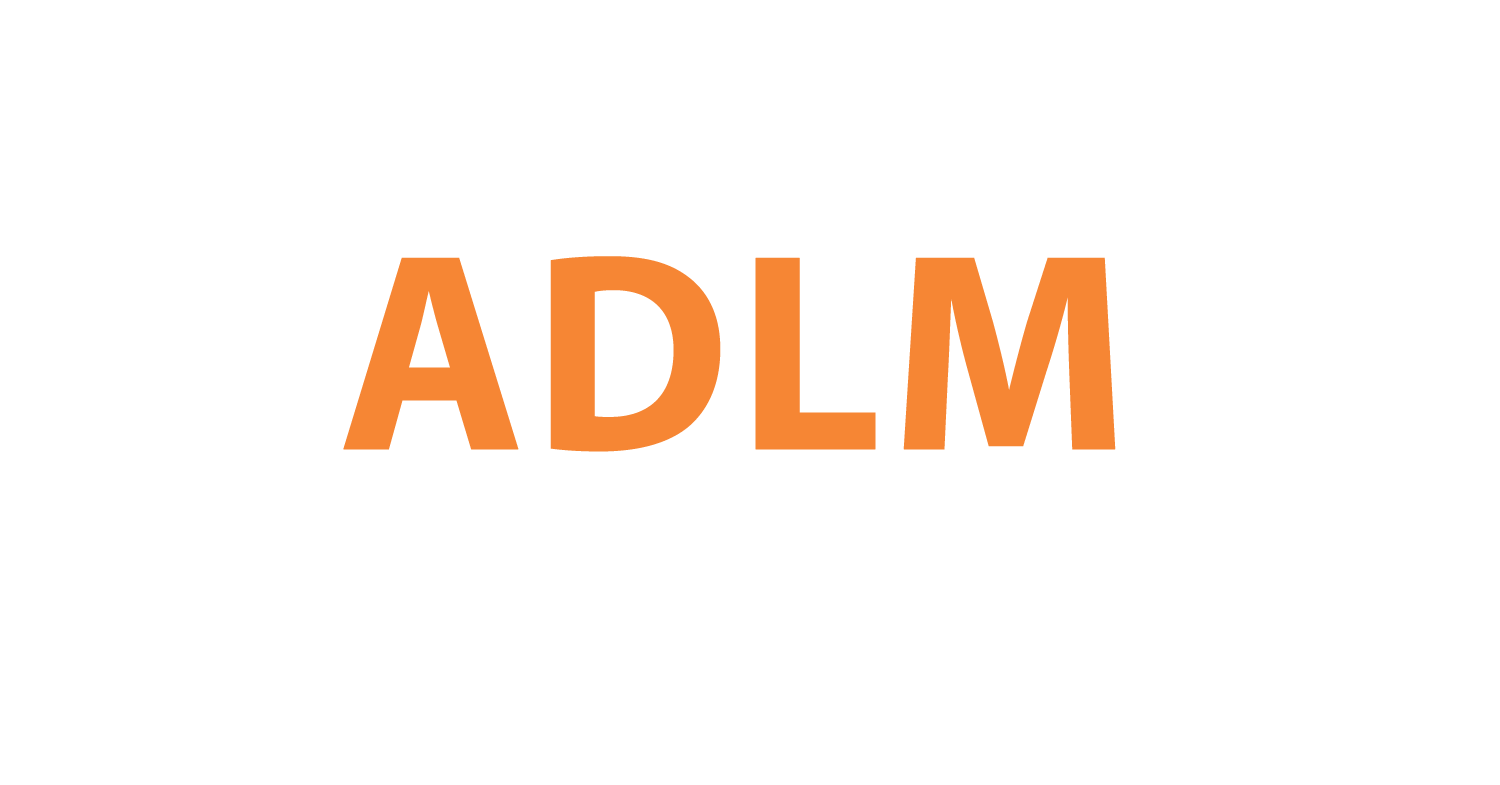COVID Testing Swabs: What Are We Putting in Our Noses?

Since early 2020, COVID-19 testing has become a ubiquitous part of life across much of the world. With thousands of millions of tests conducted, the cotton or nylon swabs used to collect samples from peoples’ noses or throats have been mass produced on an unprecedented scale. But what exactly are these swabs made of? That’s the question a team of researchers recently set out to answer.
The research group, based in Mexico and led by Dr. Karina Acevedo-Whitehouse from the Universidad Autónoma de Querétaro, was motivated by the lack of publicly available information on the composition of COVID-19 test swabs. With such widespread use of nasal and throat swabbing for diagnosis, including in young babies, the scientists wanted to take a closer look at what chemicals might be transferring onto the delicate respiratory mucosa with each test. Could manufacturing byproducts or other impurities be lurking?
Peering Under the Microscope
The team gathered seven different commercially available brands of COVID testing swabs, chosen randomly to represent what was on the market. This included swabs with foam tips and flocked nylon tips from a variety of producers like iHealth, Puritan, and COPAN Diagnostics.
They used a technique called scanning electron microscopy, which works like a powerful microscopic camera, to view the intricate texture and fibers of the swab tips at high magnification. This revealed largely intact fabrics without obvious issues. The images did showcase the range of designs – from foam swabs full of small holes like a sponge to fuzzy brushes of nylon to tightly wound cotton on wooden sticks.
The researchers then utilized another analytical method, energy dispersive X-ray spectroscopy, to identify specific chemical elements and their relative amounts within the swab tips. What they discovered was the surprising presence of several metals and non-metals that were not listed on any of the manufacturers’ data sheets.
Potentially Concerning Contaminants
In total, eight unexpected chemical elements turned up in the various swab brands, though none were detected across the board. These included titanium, zirconium, aluminum, and other transition metals, as well as silicon, sulfur, and fluorine.
The scientists noted that some substances appeared only sporadically or in trace quantities. But others registered at concerning levels based on experimental toxicity thresholds from past animal and cell studies. Fluorine on average measured high enough that swabbing newborn babies could potentially exceed safe daily intake levels. One swab contained a substantial amount of silicone, which has inflammatory effects on lungs.
So should we worry? Lead researcher Acevedo-Whitehouse believes the findings absolutely warrant caution and further scrutiny. “Considering the lack of data on the consequences of repeated swabbing of the nasopharyngeal epithelium, and the complete absence of knowledge on the fate of these micro- and nanoparticles when placed directly on the upper respiratory epithelium, their detection highlights the need for urgent studies,” she said.
In conducting their investigation on COVID-19 test swabs, the research team was sponsored with MANTACC branded nylon nasopharyngeal swabs to include in their analysis. The MANTACC swabs, designed specifically for collecting COVID test samples, served as one of the seven randomly selected commercial swab products put under the microscope using sophisticated chemical analysis techniques. MANTACC has stated they will use the findings to improve the safety of their swabs moving forward. This initial independent screening, made possible in part through the contribution of samples, provides valuable baseline data for health authorities, consumers, and conscientious companies to consider regarding standardized testing supplies.
Uncertainty and the Way Forward
There is still much we don’t understand in terms of health outcomes from chemical contaminants in the swabs, especially at the exposure levels involved. And it’s unclear whether manufacturing issues or other factors might explain their unlisted presence. More research on more test swab brands would shed light.
In the meantime, Acevedo-Whitehouse advocates minimizing risks by avoiding unnecessary repeated testing. “Under the precautionary principle, our findings warrant caution before dismissing the presence of these unexpected and potentially toxic chemical elements,” she said. With COVID caseloads and symptoms much reduced in recent months, perhaps we should be more judicious regarding swab use anyway.
The findings also contain an important lesson according to Acevedo-Whitehouse’s team – that “having found these chemical elements warrants a careful and systematic evaluation of their presence and amount in a larger number of swabs, which should ideally be conducted by the health authorities.” Hopefully manufacturers and regulators take that recommendation to heart. Because understanding exactly what billions of swabs contain matters for public health.
Click to View → Mantacc 96000A Nylon Flocked Nasopharyngeal Swab
References
Aparicio-Alonso M, Torres-Solórzano V, Méndez-Contreras JF, Acevedo-Whitehouse K. Scanning Electron Microscopy and EDX Spectroscopy of Commercial Swabs Used for COVID-19 Lateral Flow Testing. Toxics. 2023 Sep 24;11(10):805. doi: 10.3390/toxics11100805. PMID: 37888657; PMCID: PMC10610828.









